Affiliate links on Android Authority may earn us a commission. Learn more.
The #phonepocalypse is over, here are the highlights from October launches
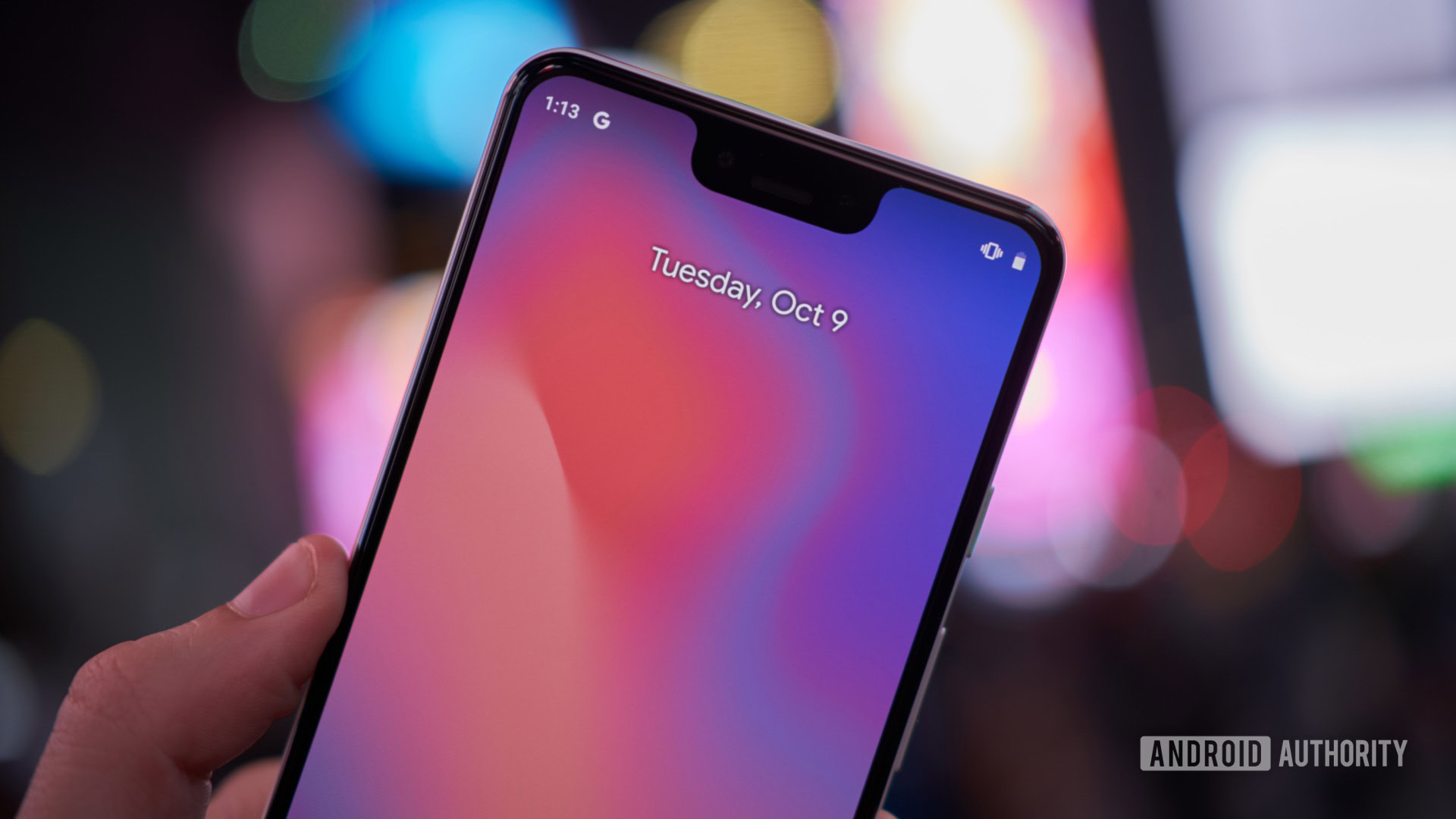
New phones get launched every month of the year, but it looks like the October 2018 smartphones are going to be something else. Not only are we seeing six major launches in the span of only a few weeks, but some of those devices are the most highly anticipated releases of the entire year.
It’s a little event we’re referring to as #phonepocalypse.
The biggest release of them all is obviously the Google Pixel 3 and Google Pixel 3 XL, but we’ve also got some heavy hitters from OnePlus, LG, Samsung, and more. These launches are not only for smartphones: the events will also likely be launching pads for accessories and other products.
All of these companies are hoping that by releasing devices in October they’ll have a better shot at getting your holiday shopping money. If you plan on spending some cash on smartphones or smart gear in the next few months, you’ll want to go into October with a good idea of what to expect. With the list below, you can get the basics of what October 2018 smartphones are on the way and prepare accordingly!
Bring on the #phonepocalypse!
October 3 — LG V40 ThinQ
LG launched the LG V40 ThinQ on October 3. The V40 ThinQ continues the trends of LG’s V-series phones with its ultra-premium features, including a triple-lensed rear camera, a 32-bit DAC (with a headphone jack), two front-facing lenses for superior selfies, and more.
The LG V40 ThinQ specs include the expected flagship details: a Qualcomm Snapdragon 845, 6GB of RAM, 64 or 128GB of internal storage, IP68 certification, and a 6.4-inch OLED display.
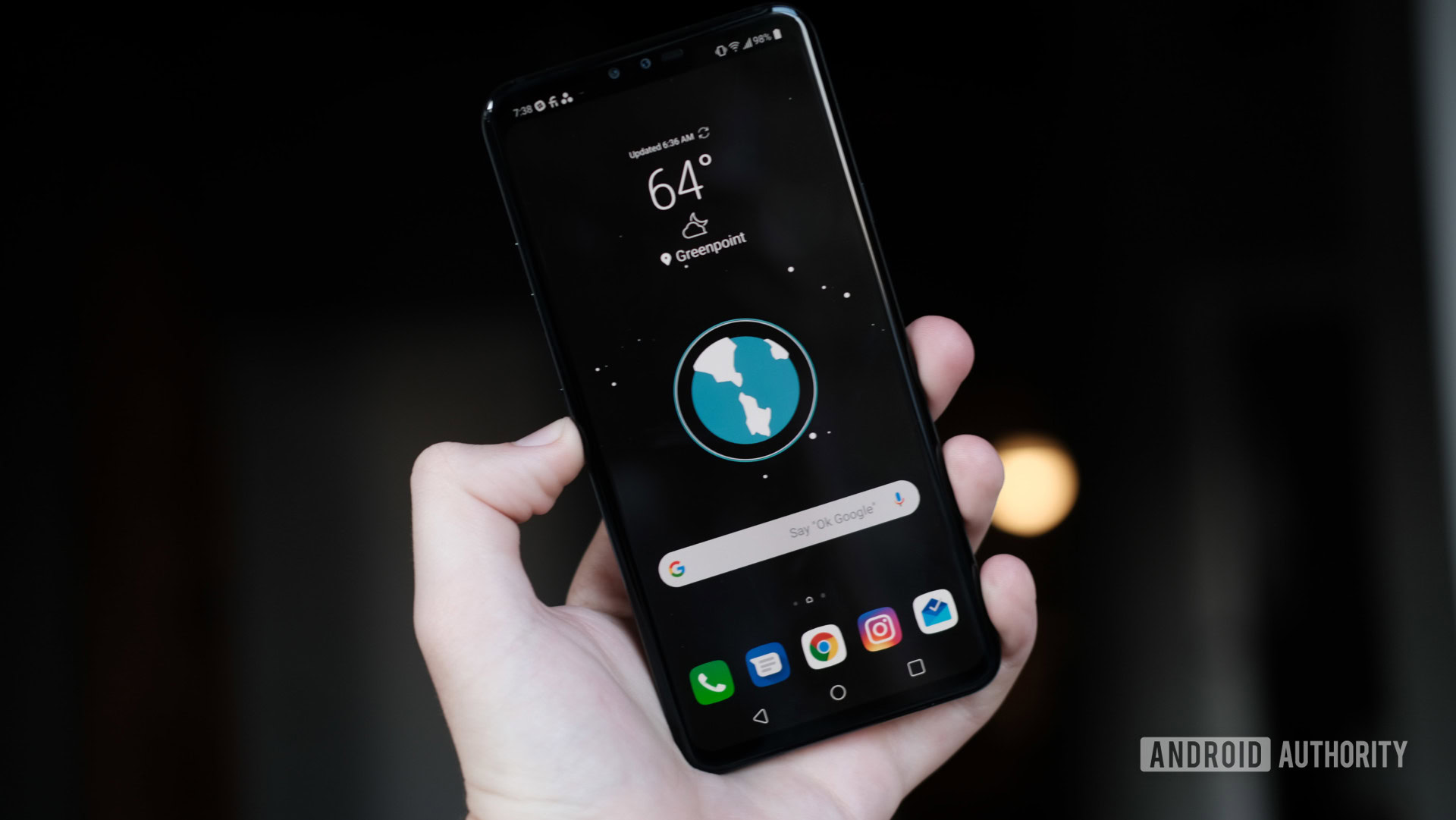
All those premium features come at a price, though: the LG V40 ThinQ will start at $900 at some carriers and go as high as $980 at others. That doesn’t make it the most expensive phone of the year or anything, but certainly isn’t easy on the wallet, either.
We spent some time with the LG V40 ThinQ and found it to be a very capable handset with some killer features. However, we felt it had poor battery life, a weak camera considering how many lenses are available, and of course — that high price was hard to swallow.
Check out our full review of the LG V40 ThinQ by clicking here.
As a side note, LG also launched a new smartwatch on October 3: the LG Watch W7. The device is notable for being a hybrid, having a touchscreen face as well as mechanical hands.
October 4 — Nokia 7.1
HMD Global launched the Nokia 7.1 on October 4. The Nokia 7.1 is an incremental upgrade over the Nokia 7, which launched in October 2017. This is not to be confused with the Nokia 7 Plus, which launched in February this year — that phone is a whole different animal.
The Nokia 7.1 is a mid-range Android One handset. It comes with Qualcomm’s Snapdragon 636 chipset, and the option of either 3GB of RAM and 32GB of storage, or 4GB of RAM and 64GB of storage.
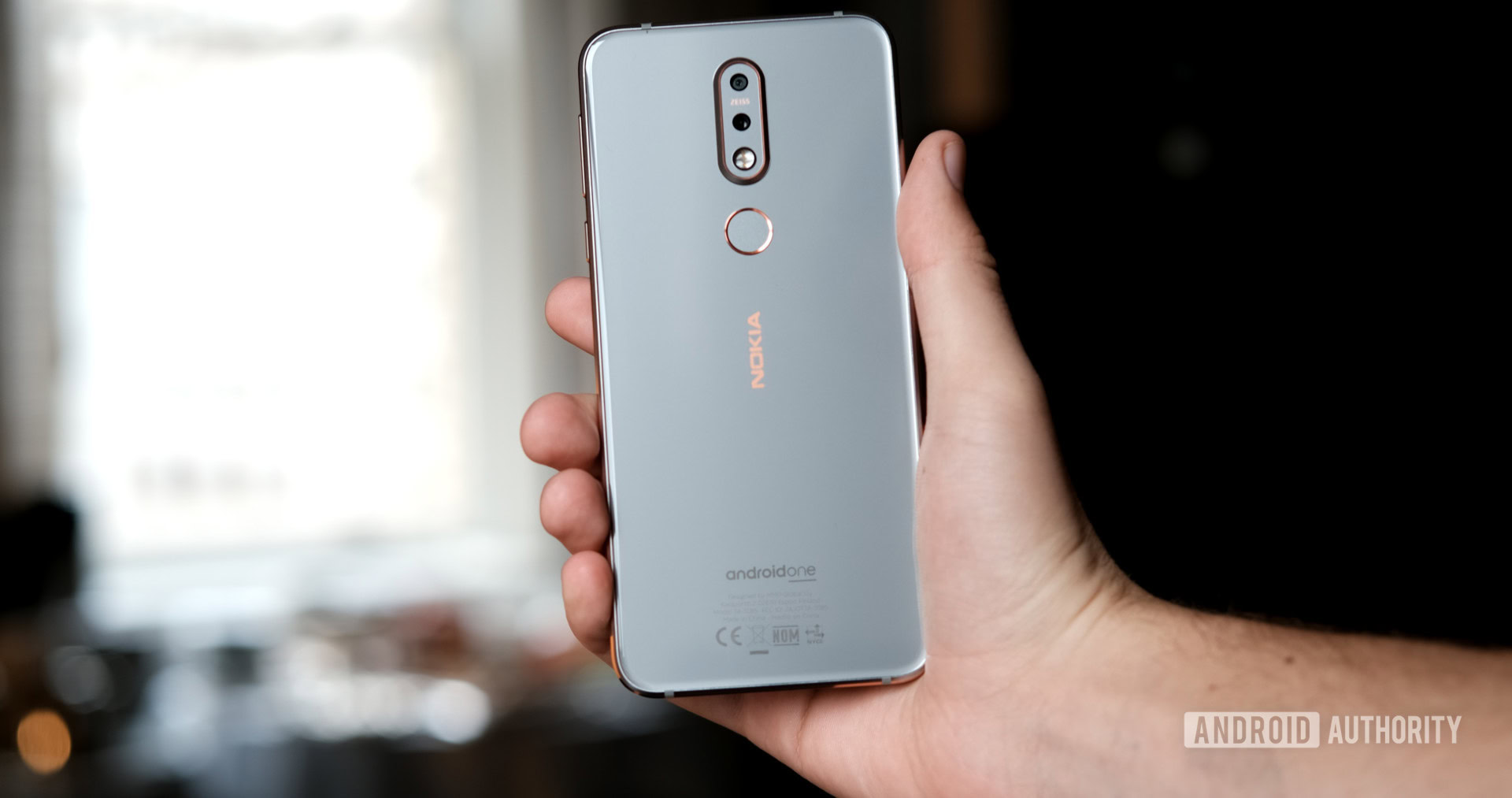
However, the only model that will be available in the United States is the 3GB/32GB version. Did we mention the device is coming to the U.S.? Well, it is! Unlike the Nokia 7, the Nokia 7.1 will launch globally instead of being a China exclusive.
The Nokia 7.1 will cost $349 in America, while Europeans will have two choices: the 3GB/32GB variant for 319 euros (~$369) and the 4GB/64GB variant for 349 euros (~$404) respectively.
Pre-orders for the Nokia 7.1 open on October 5 and the device will get a general sale on October 28.
As a side note, HMD Global also launched two new sets of wireless headphones on October 4 which will launch in the U.K. and Europe before the end of the year.
October 9 — Google Pixel 3 and Pixel 3 XL
Of all the devices on this list, none has had more of a rollercoaster ride this year than the Google Pixel 3 XL. Months before the scheduled unveiling of the latest flagship from Google, a black market seller pawned off dozens of prototype versions of the Pixel 3 XL, letting the world see pretty much everything there is about the device.
Now that the Pixel 3 and Pixel 3 XL are both officially launched, we no longer have to base what we know about it from leaked info.
At the hardware event where Google launched the phones, the company placed a huge emphasis on the photography capabilities of the Pixel 3. As such, most of the features of the device center on taking photos, including wide-angle selfies, simple retouching, a new Night Mode, and more.
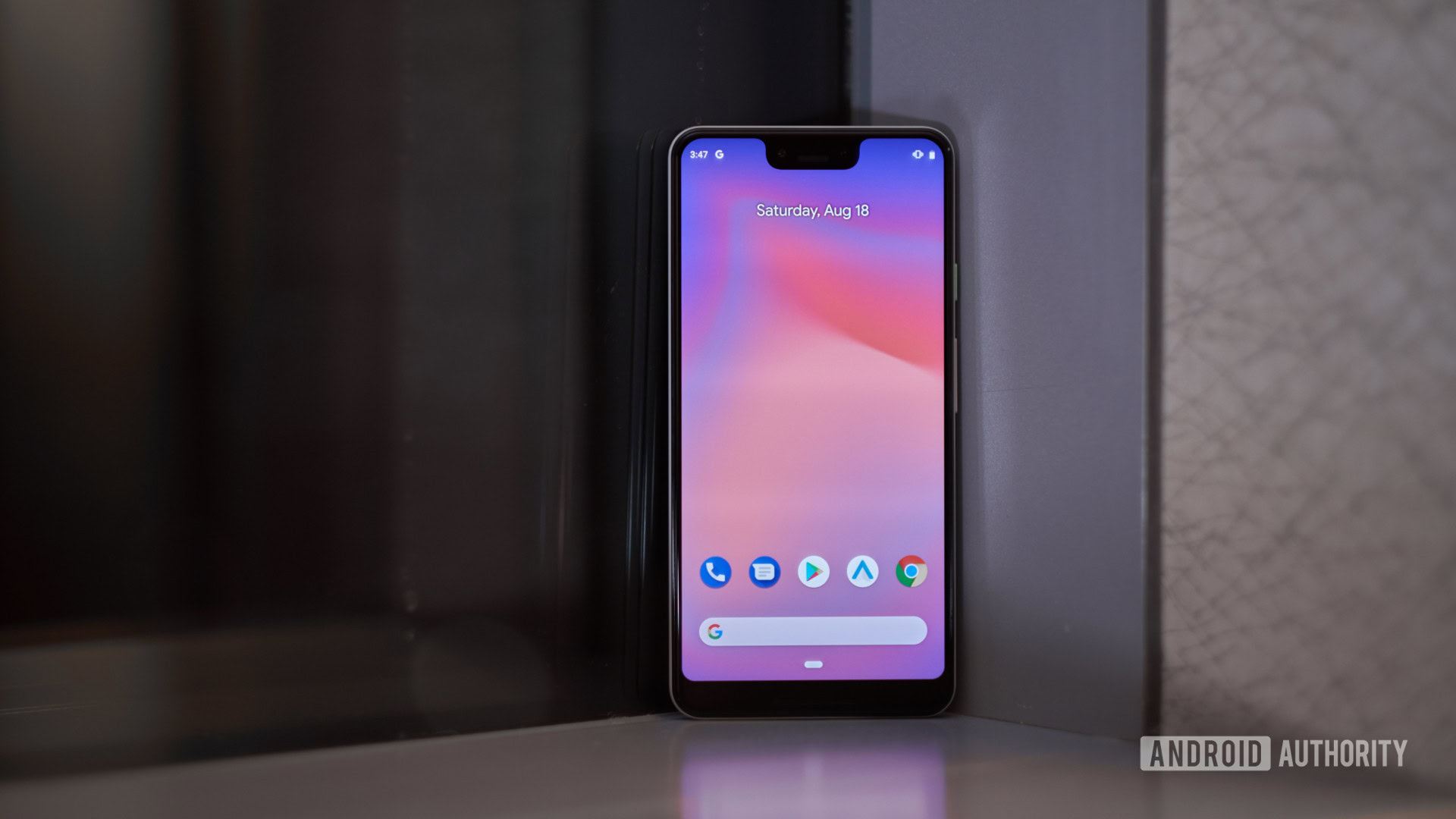
Other than that, most of the specs and information we already knew from the multiple leaks. If you somehow missed all that, you can see a full rundown of the specs for the Pixel 3 and Pixel 3 XL here.
Google also significantly raised the price for the Pixel 3 while slightly increasing the price of the Pixel 3 XL. The Google Pixel 3 starts at $799 for the 64GB model and the 128GB model goes for $899 (the Pixel 2 was $649 and $749 respectively). The Google Pixel 3 XL price-raising is less extreme, starting at $899 for the 64GB variant and going all the way up to $999 for the 128GB model (the Pixel 2 XL was $849 and $949 respectively)
Additionally, Google launched a new tablet called the Pixel Slate and a new smart display called the Google Home Hub. No other new hardware items were announced.
And in case you missed it, we recorded a podcast immediately following the event. You can listen to it here:
October 10 — Razer Phone 2
The Razer Phone 2 officially launched in the late hours of October 10. Although the phone looks remarkably similar to the original Razer Phone, underneath the hood are a lot of upgrades that either address problems present on the original or amp up the capabilities of the device.
The original Razer Phone launched to much fanfare in 2017 as the first smartphone geared specifically towards gamers for gaming. Since then, other companies have either launched or said they will launch their own gaming phones, but the Razer Phone is definitely the OG when it comes to the modern gaming phone trend.
All in all, the Razer Phone was a solid piece of hardware, with some incredible specs (hello, 8GB of RAM!) and a more-than-reasonable price. However, reviews were lukewarm for the phone, mainly due to its abysmal camera (which Razer has since made much better through software updates).
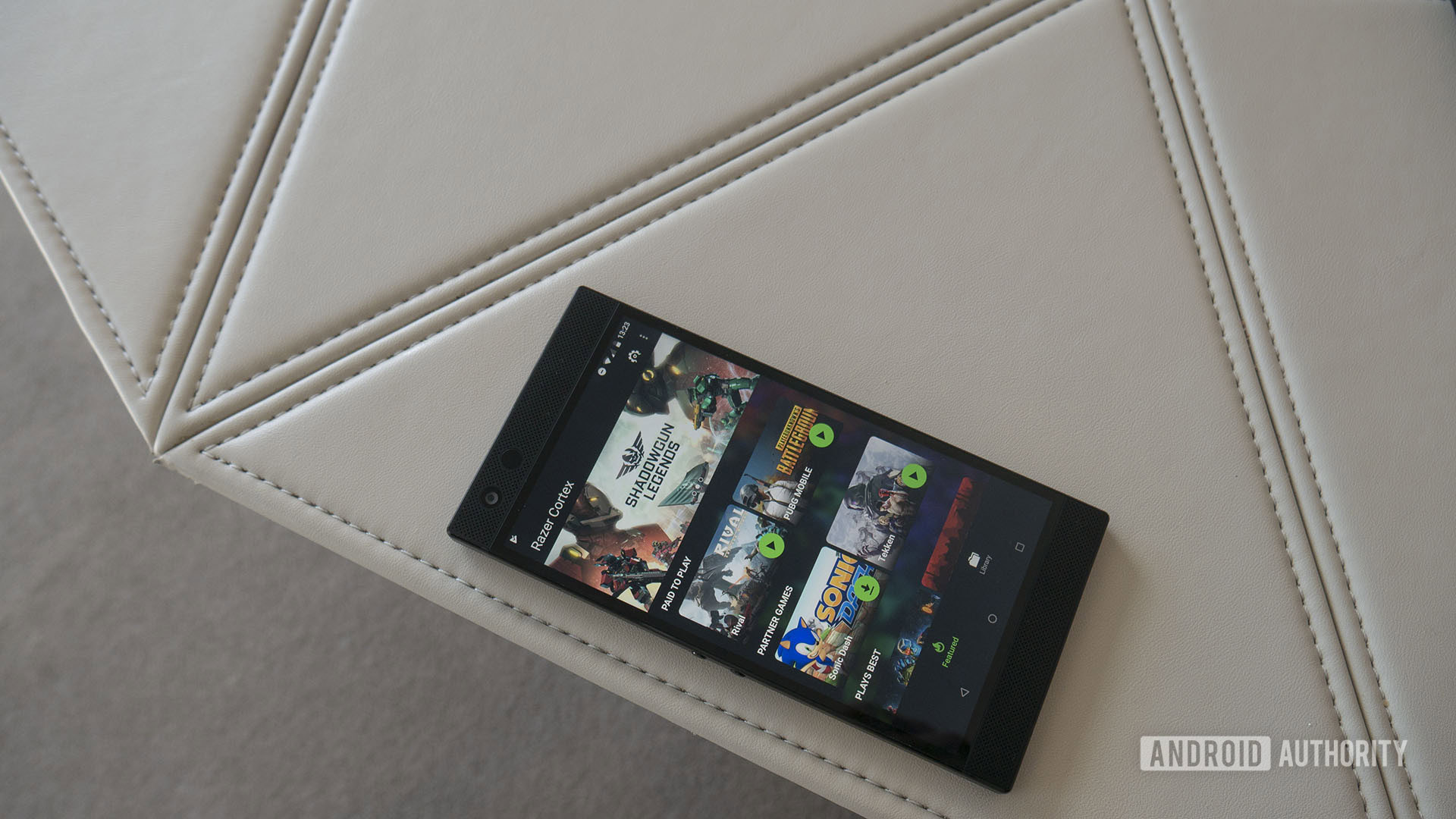
The Razer Phone 2 brings the most common upgrade to this year’s flagships — namely the Qualcomm Snapdragon 845 processor — and keeps the best of the specs from the OG Razer Phone, like 8GB of RAM, a 4,000mAh battery, a microSD slot, and more. However, internal storage didn’t get an upgrade (still stuck at 64GB) and there’s still no headphone jack. If that last part irks you, don’t worry: included in the box with the device is a USB Type-C adapter with a 24-bit DAC built in, which is certainly a nice touch.
One of the bigger changes to the phone is the introduction of Razer Chroma lighting effects to the Razer logo on the back of the phone. This acts as a notification light, and you can completely customize the color scheme, how it flashes, etc. You can also turn the whole thing off if you want to save battery, but honestly? This light is super cool and really sets the phone apart from the pack.
Speaking of the pack, the Razer Phone 2 bucks the trend of top-tier smartphones nearing the $1,000 mark. The Razer Phone 2 starts at $799, which is obviously not cheap, but considering the specs and features, it makes the phone very attractive compared to some of the other devices on this list (*cough* LG V40 *cough*).
October 11 — Samsung Galaxy A9
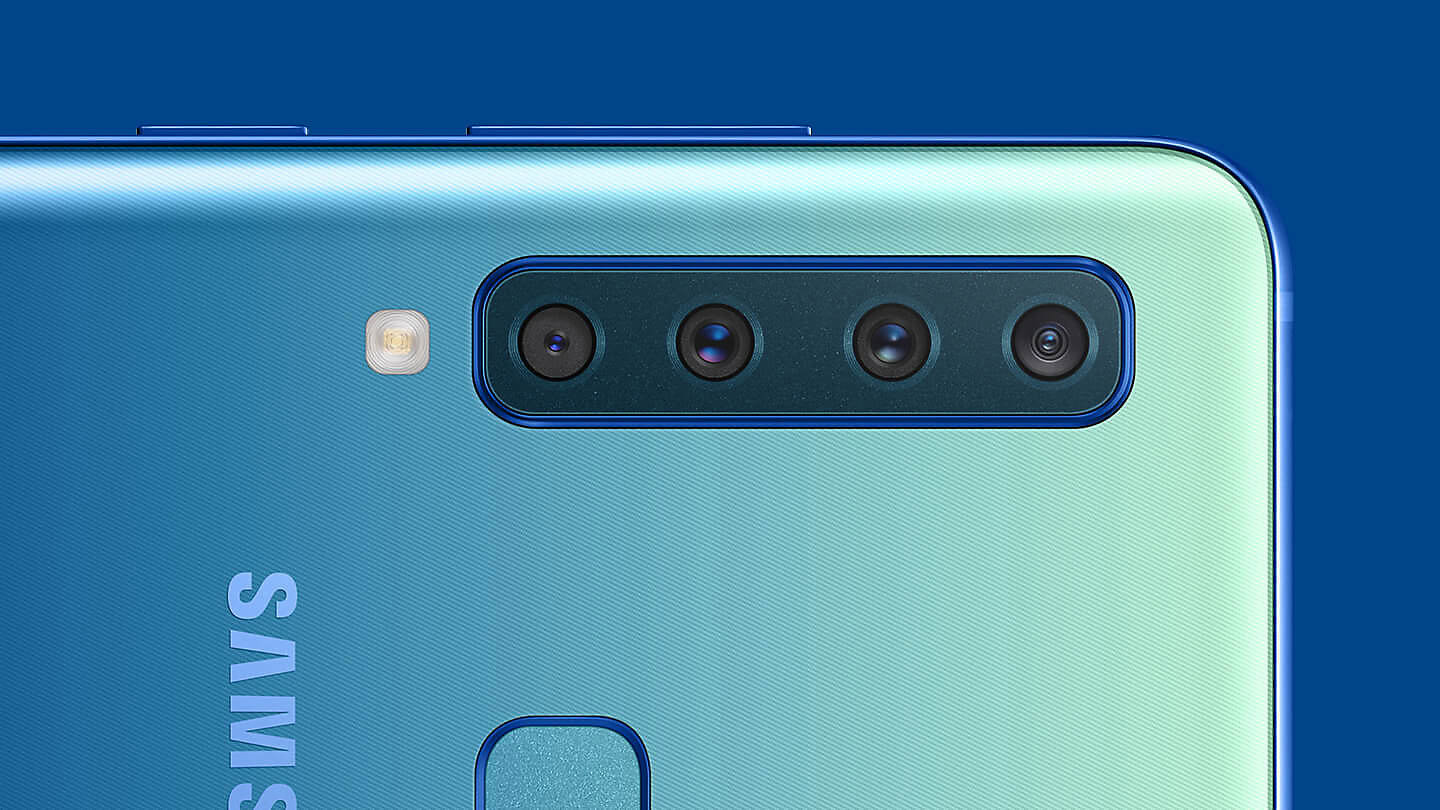
Samsung managed to keep the lid on exactly what it would launch on October 11 up until only days before the event. Now we know Sammy brought us the 2018 Samsung Galaxy A9 — the first smartphone to feature four rear camera lenses.
Earlier this year, Samsung told us it would start releasing much more competitive devices in its mid-range line-up, and the Samsung Galaxy A9 certainly lives up to that promise (even if it barely is a mid-ranger, but more on that in a minute). The device’s four cameras (five total counting the front sensor) are its most notable feature, but it also has some very decent specs, especially from the notoriously stingy Samsung.
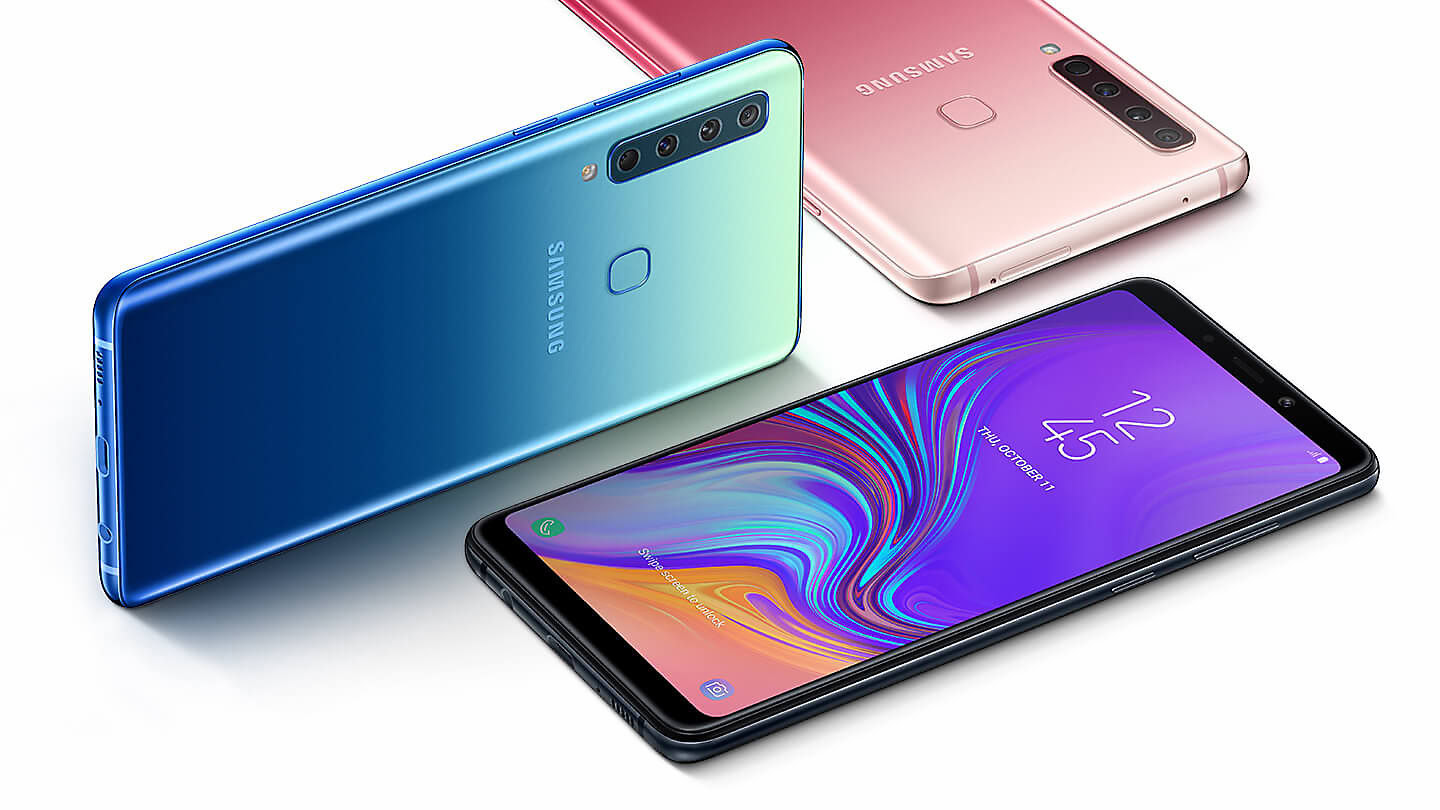
The Samsung Galaxy A9 comes with a Qualcomm Snapdragon 660 chipset — the Nokia 7 Plus and BlackBerry Key2 notably feature the same processor — and 6GB or 8GB of RAM. There’s also 128GB of internal storage, which you can expand even more with the microSD slot. Everything is powered by an impressive 3,800mAh battery and the phone runs Android 8.1 Oreo.
Normally, a phone like this from Samsung — which features many similar specs as its flagship devices — would cost an arm and a leg. While Samsung isn’t selling the Galaxy A9 for the low prices the likes of OnePlus will offer, it is at least getting closer to the right ballpark: the Galaxy A9 starts at 599 euros in Europe and 549 pounds in the U.K., which is about $725 in the U.S. Once again, still too expensive, but Samsung is at least getting better.
October 15 — Palm Phone
The Palm phone is very, very tiny. It has a 3.3-inch display that fits into a body which is only 50 x 97 x 7.4mm, making it a little larger (and a whole lot thicker) than a credit card.
Aside from its size, the Palm phone is also unlike every other device on this list in that it is not a standalone phone: in fact, it’s meant to be a supplemental phone to the “normal” smartphone you already have.
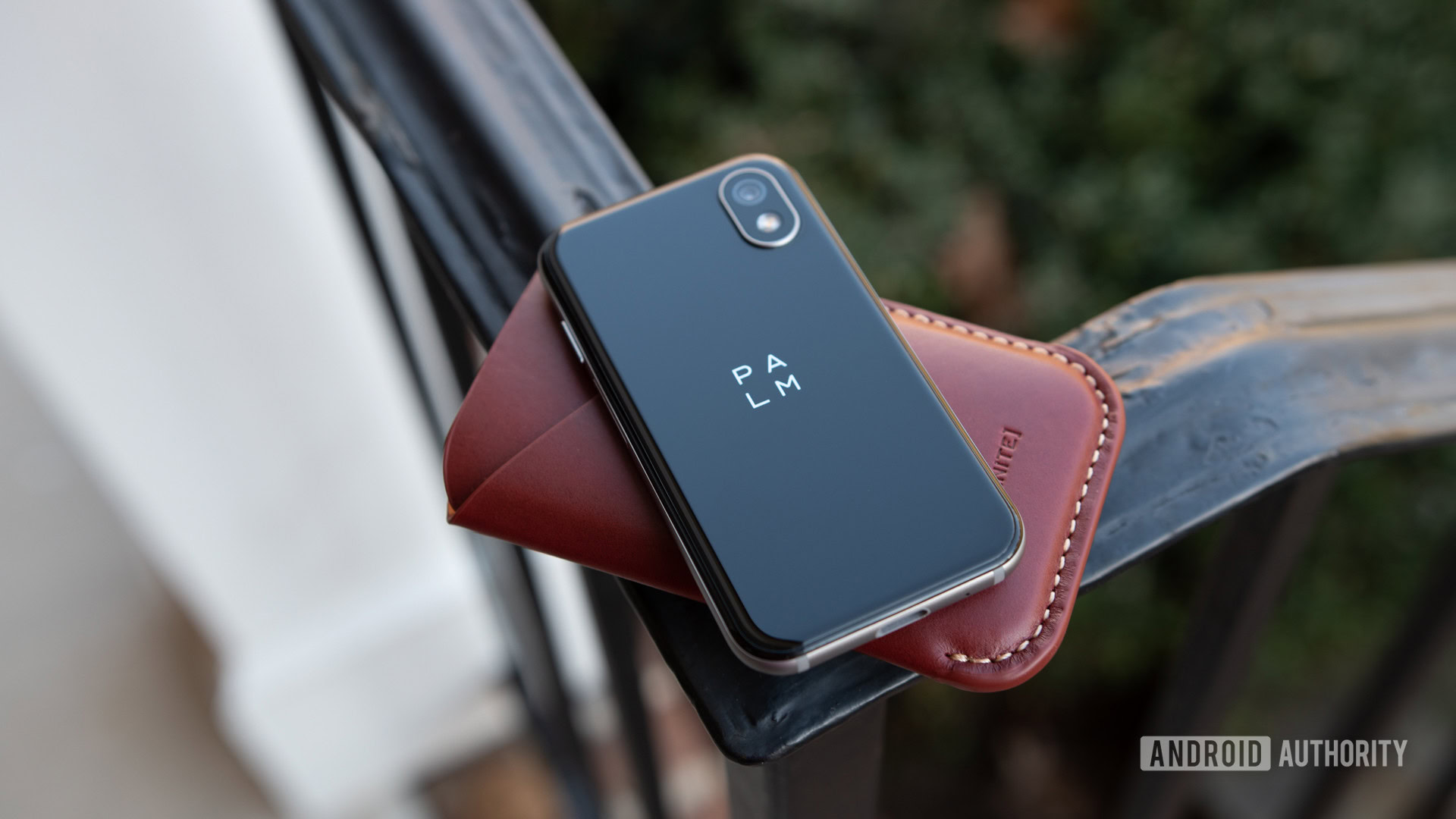
The intention behind the Palm phone is to be the device you bring with you when you are doing something in which bringing your main smartphone wouldn’t be ideal. Examples include hiking, clubbing, long holidays, etc. The Palm phone has the same phone number as your regular phone and can perform most of the same tasks, including phone calls, texting, photography, music listening, etc. It’s just really small and won’t make you cry as you would with your main phone if you were to break it or lose it.
The Palm phone’s specs are pretty underwhelming, but what do you expect for something a little bigger than a business card? It comes with a Qualcomm Snapdragon 435, 3GB of RAM, 32GB of internal storage, an 800mAh battery, a rear 12MP camera lens, and a front-facing 8MP sensor.
If you aren’t a Verizon customer (or don’t want to be), unfortunately, you’re out of luck when it comes to the Palm phone. The device is a $350 Verizon exclusive, and you can’t buy it on its own: you must attach it to an existing Verizon line with a primary smartphone already attached.
October 16 — HUAWEI Mate 20 series
The HUAWEI Mate 10 Pro was our favorite smartphone of 2017, and from the way things are shaping up, the HUAWEI Mate 20 Pro could be a major contender for the 2018 prize.
On October 16, HUAWEI launched four new devices in the Mate 20 series: the HUAWEI Mate 20, the HUAWEI Mate 20 Pro, the HUAWEI Mate 20 X, and the Porsche Design HUAWEI Mate 20 RS.
The HUAWEI Mate 20 and Mate 20 Pro were the two devices we knew the most about going into the event. As we expected, the devices feature the Kirin 980 and a triple camera setup on the rear, arranged in a “squircle” chassis. However, the Mate 20 Pro features some significant spec advantages over the vanilla Mate 20, including an OLED display instead of an LCD, a higher display resolution, a bigger battery, better camera sensors, and an in-display fingerprint sensor.
As such, if you’re thinking about buying either the Mate 20 or the Mate 20 Pro, the Pro variant is going to deliver the higher-end experience.

However, HUAWEI also launched a device we knew very little about: the HUAWEI Mate 20 X. This enormous phone features a 7.2-inch OLED display, a giant 5,000mAh battery, and a specially-designed cooling system for extended gaming sessions. If you want your phone to be huge and work as a powerhouse, the Mate 20 X is a good bet.
Finally, the fourth entry in HUAWEI’s partnership with Porsche arrived as the Porsche Design HUAWEI Mate 20 RS. This super-expensive designer smartphone features the basic specs of the HUAWEI Mate 20 Pro with a new design and some beefed-up features.
All these new bells and whistles are going to cost you: the cheapest device announced at the event — the vanilla HUAWEI Mate 20 with 4GB of RAM and 128GB of storage — is 799 euros (~$927). The most expensive device — the Porsche Design HUAWEI Mate 20 RS with 8GB of RAM and 512GB of storage — will set you back a whopping 2,095 euros (~$2,430).
You can read more about pricing, availability, and release dates at our HUAWEI Mate 20 pricing hub here.
One more thing: HUAWEI also launched the HUAWEI Watch GT and the HUAWEI Band 3 Pro at the event, which you can read about here.
October 18 — ASUS ROG Phone
It was in June when we first got a hands-on with the ASUS ROG Phone — the first gaming phone from the venerable electronics company. Now, several months later, ASUS is finally putting the device up for sale here in the United States!
Although the ASUS ROG Phone (that stands for Republic of Gamers, by the way) is certainly not the world’s first gaming phone, it does seem to offer plenty of competition for the other gaming phone on this list — the Razer Phone 2. Both devices have maxed-out specs, the Qualcomm Snapdragon 845, unique brand-centric features, and huge batteries.
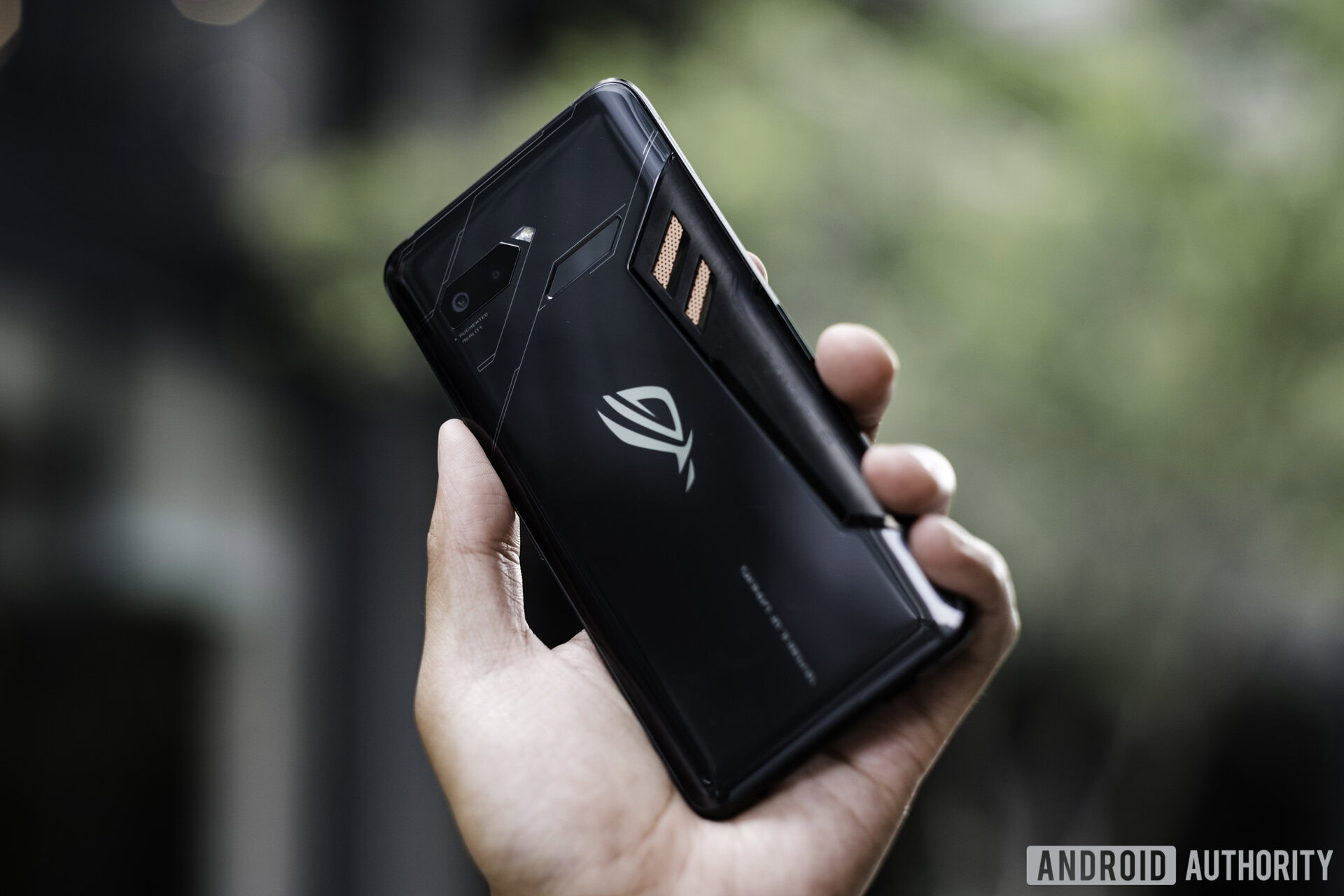
However, the ASUS ROG Phone looks a lot more like a “gaming” phone, with built-in air triggers which you can map how you like, conveniently-placed ports for charging while you are playing in landscape mode, and a suite of accessories which push the idea that the ROG Phone means serious gaming business.
The ASUS ROG Phone also looks a lot more like a phone designed specifically for gamers, whereas the Razer Phone 2 is more of a comfortable middle ground between a mass market smartphone and a gaming phone.
You’ll have two choices when you buy your ASUS ROG Phone: a 128GB storage variant, or a 512GB storage variant. Both devices come with 8GB of RAM and the same relative specs, with the 128GB variant costing $899 and the 512GB variant costing $1,099. The 128GB variant is available to pre-order now, while the 512GB variant will start pre-orders in November.
October 25 — Xiaomi Mi Mix 3
The Xiaomi Mi Mix 3 keeps the ceramic build materials of its two predecessors but adds a new twist: a sliding back mechanism. Because the back can slide up or down, you won’t find a notch or any thick bezels on the front of the Mi Mix 3, as the slider hides the front-facing camera and various sensors.
The concept is similar to the vivo Nex released earlier this year, which had a pop-up selfie cam.

The Mi Mix 3 also packs some incredible specs, especially when you consider how much it costs (more on that in a minute). With the Mi Mix 3, you’ll get a 6.39-inch AMOLED display with a resolution of 2,340 x 1,080. Under the hood, you’ll find a Qualcomm Snapdragon 845, up to 10GB of RAM (seriously), up to 256GB of storage, and a 3,200mAh battery.
On the rear of the device, you’ll find a 12MP + 12MP telephoto camera pairing, with a DxOMark score of 103 (the same overall score for the Samsung Galaxy Note 9). When you slide up the back of the phone, you’ll expose the 24MP + 2MP dual camera sensors for taking some ultra-sharp selfies.
The Mi Mix 3 is currently a Chinese exclusive starting at 3,299 Chinese yuan (~$475) and going as high as 3,999 Chinese yuan (~$576). There are rumors that the Mi Mix 3 could hit the U.K. sometime in November, but nothing is for certain yet.
October 29 — OnePlus 6T
While every device on this list is an exciting release, the launch of the OnePlus 6T might take the cake as being the most exciting and the most controversial. With the announcement that the OnePlus 6T would be the first smartphone from the company to not feature a headphone jack, OnePlus kicked the metaphorical hornets’ nest of Android fans around the world.
The OnePlus 6T represents either minor or major upgrades (depending on how you look at it) as compared to its predecessor, the six-months-old OnePlus 6. The battery is bigger, the notch is smaller, the rear fingerprint scanner is moved to be under the display, and the device is officially supported on Verizon and T-Mobile.
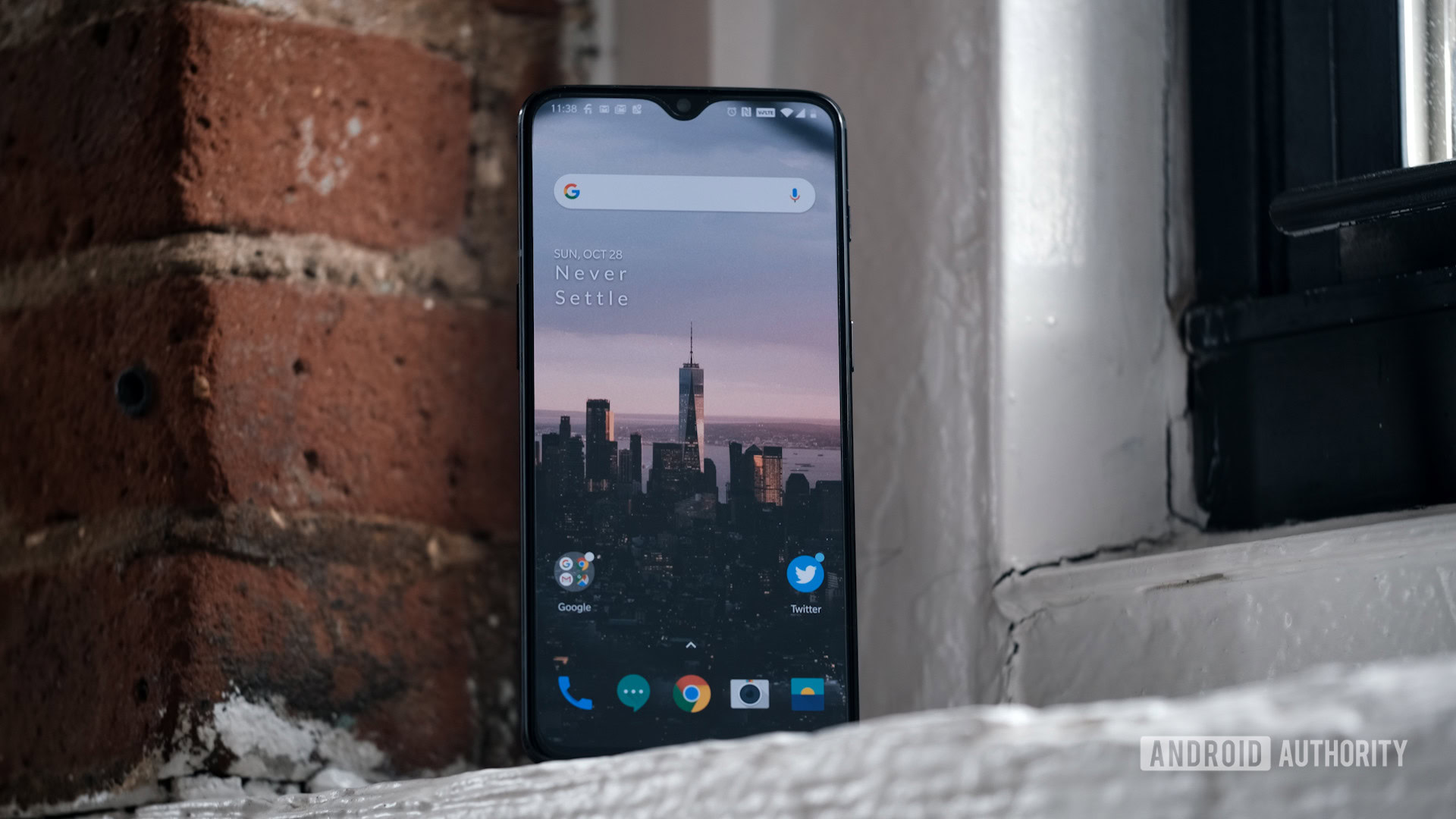
To lessen the blow of the headphone jack removal, OnePlus includes a free USB Type-C dongle in the box and also kept the price almost exactly the same as the OnePlus 6.
Many of the OnePlus 6T specs are the same as those on the 6, such as a Qualcomm Snapdragon 845, 6GB or 8GB of RAM, dual rear cameras, and the color options of Mirror Black and Midnight Black. The 6T is a little thicker and a little heavier than the 6, though.
To celebrate the launch of the phone, OnePlus held a pop-up shop in New York City right after the keynote event, which you can read about here.
Other Devices
October 11 — Nokia 3.1 Plus: HMD Global launched the Nokia 3.1 Plus, a new budget-tier device exclusive right now to the Indian market.
October 11 — OPPO K1: The budget-tier version of the OPPO R17 Pro looks similar, and even features an in-display fingerprint sensor, which is remarkable for its price.
October 23 — HTC Exodus: HTC’s blockchain phone Exodus is pretty much a refresh of the HTC U12 Plus — but it has blockchain elements, for some reason. To make matters worse, you can only buy the device using Bitcoin or Ethereum.
October 24 — Panasonic Eluga Z1 and Z1 Pro: These two budget devices are exclusive to the Indian market, and feature surprisingly solid specs for how much they cost.
October 31 — FlexPai: The world’s first foldable phone appears to be pretty cumbersome and overpriced. But hey, it’s the first.
October 31 — ZTE Blade Max View and Blade Max 2S: ZTE is getting back in the game with this pair of budget devices which notably come with 4,000mAh batteries.
October 31 — HONOR Magic 2: Huawei’s sub-brand launched the mid-range HONOR Magic 2, which comes with a huge emphasis on AI and the latest Kirin 980 chipset.
NEXT: Should you replace your OnePlus 5 or 5T with a new OnePlus 6T?